devon_belle
Member
Yeovil Junction has kept a lot of its track and has a fairly good regular service pattern to and from Exeter and London, but it has lost out in terms of connectivity and freight. Formerly you could get direct trains (or through carriages) to seaside destinations throughout Dorset, Devon and Cornwall, as well as east to Portsmouth and Brighton. The yards were significant too, both for distribution of goods around the local SR network and transfer to/from the GWR.
It puzzles me that both Yeovil Pen Mill and Yeovil Junction retained so much trackwork when most similar stations were severely rationalised.
Another candidate along that line is Templecombe (almost every passenger train stopped there and there was a significant yard as well as connections to the S&D). Formerly I would have said Exeter Central, but really it is thriving in terms of services, albeit with far fewer destinations and less trackwork than it used to have.
It puzzles me that both Yeovil Pen Mill and Yeovil Junction retained so much trackwork when most similar stations were severely rationalised.
Another candidate along that line is Templecombe (almost every passenger train stopped there and there was a significant yard as well as connections to the S&D). Formerly I would have said Exeter Central, but really it is thriving in terms of services, albeit with far fewer destinations and less trackwork than it used to have.

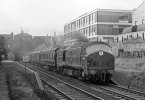
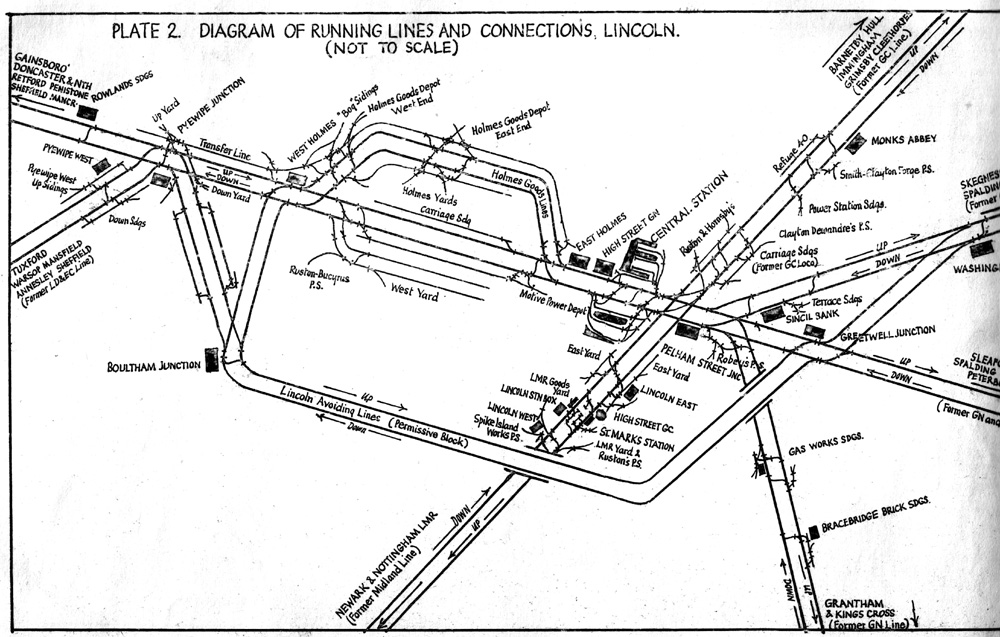
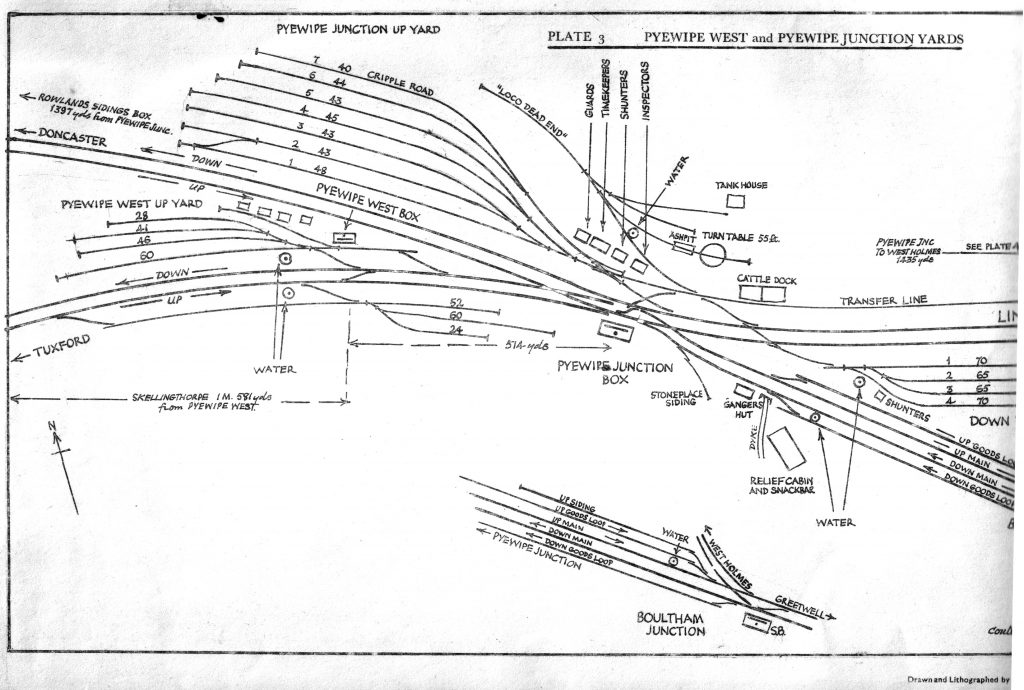
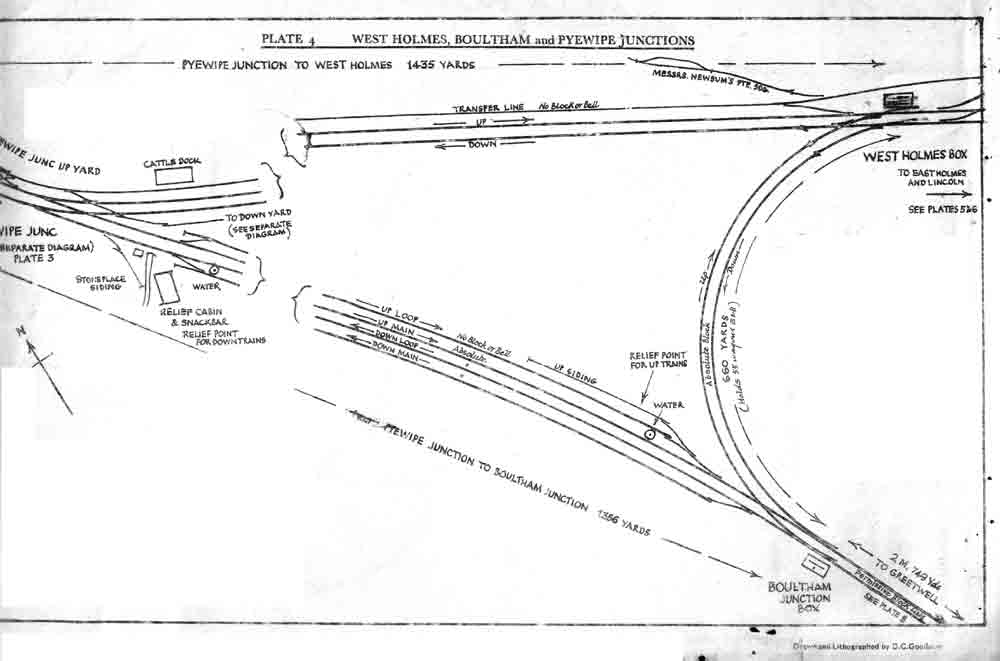
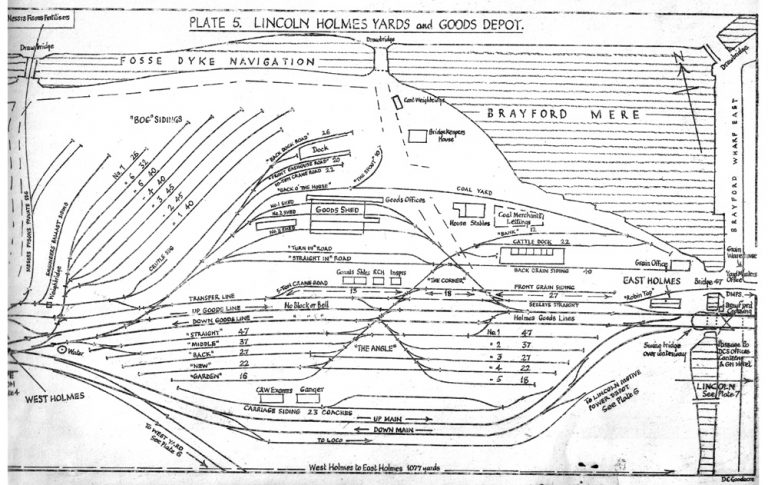
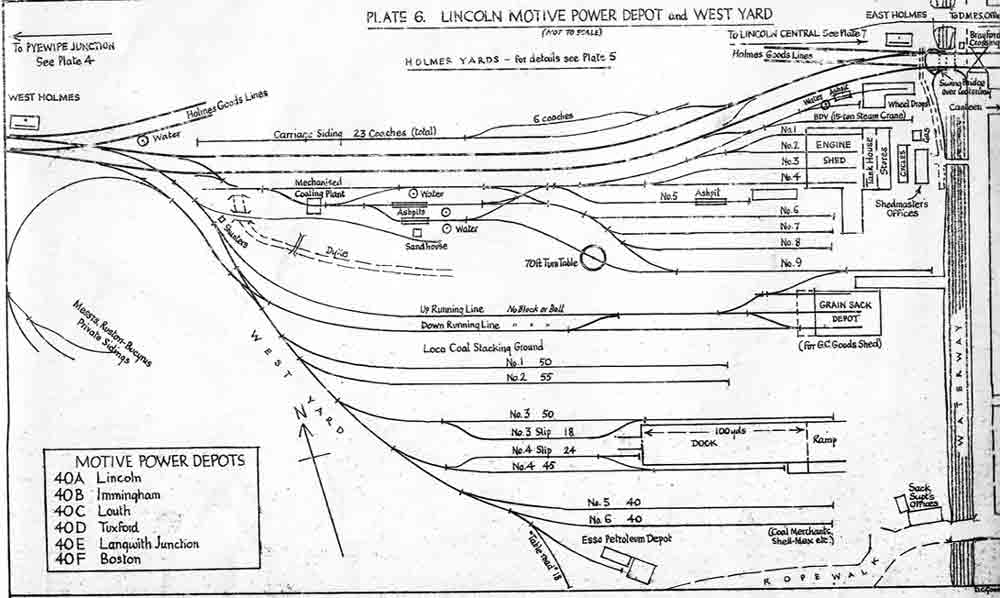
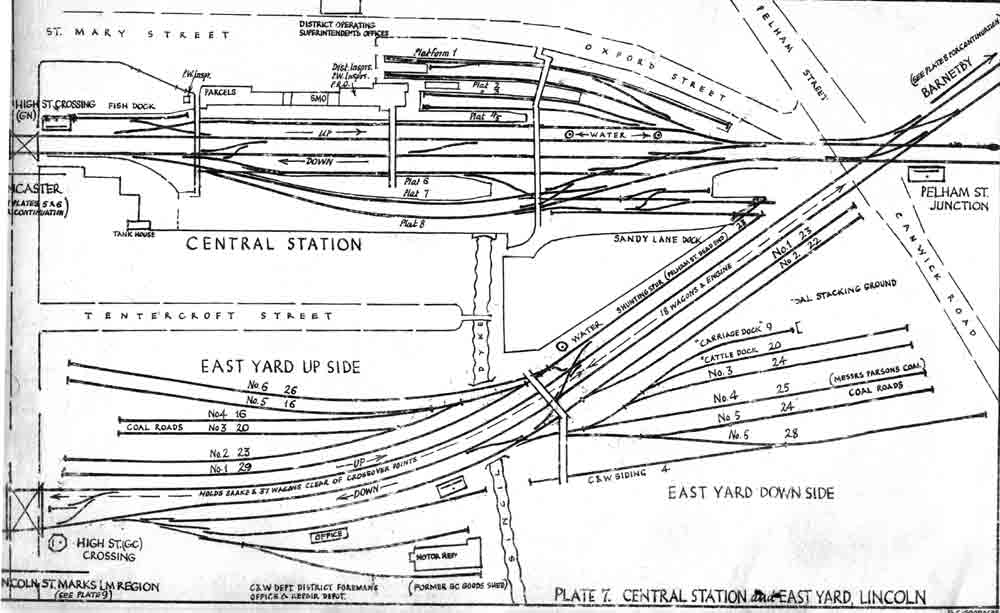
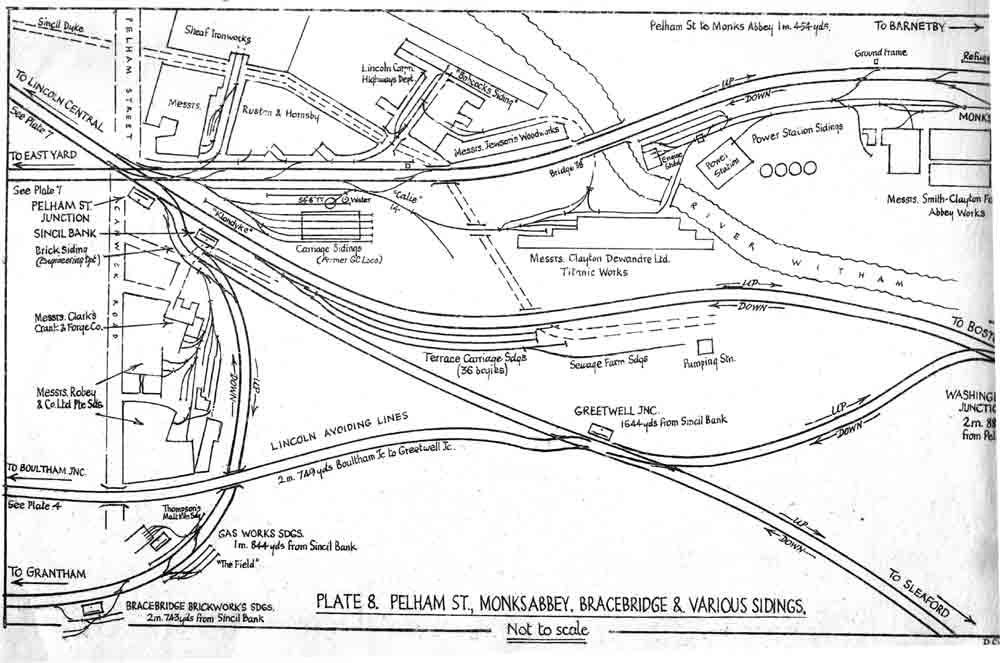
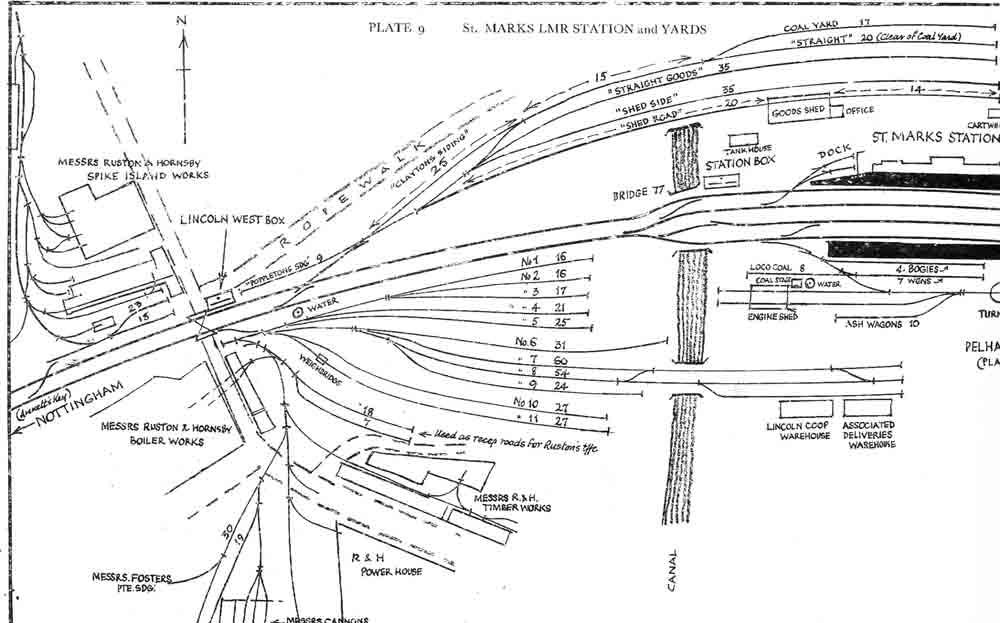

 Main reason it caught my attention at first was the Class 21 (D6125) taking centre stage lol
Main reason it caught my attention at first was the Class 21 (D6125) taking centre stage lol